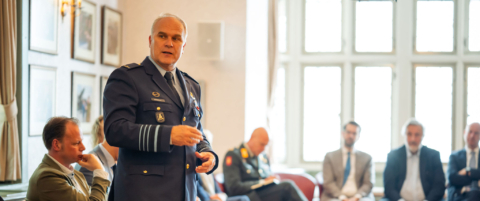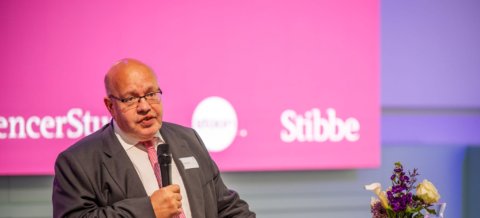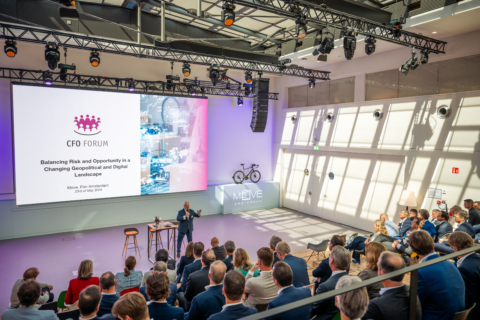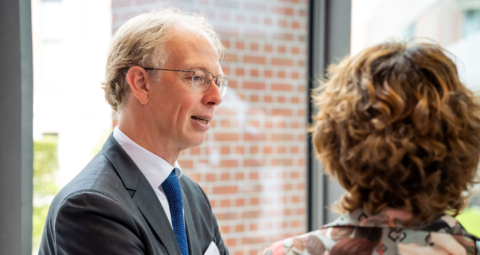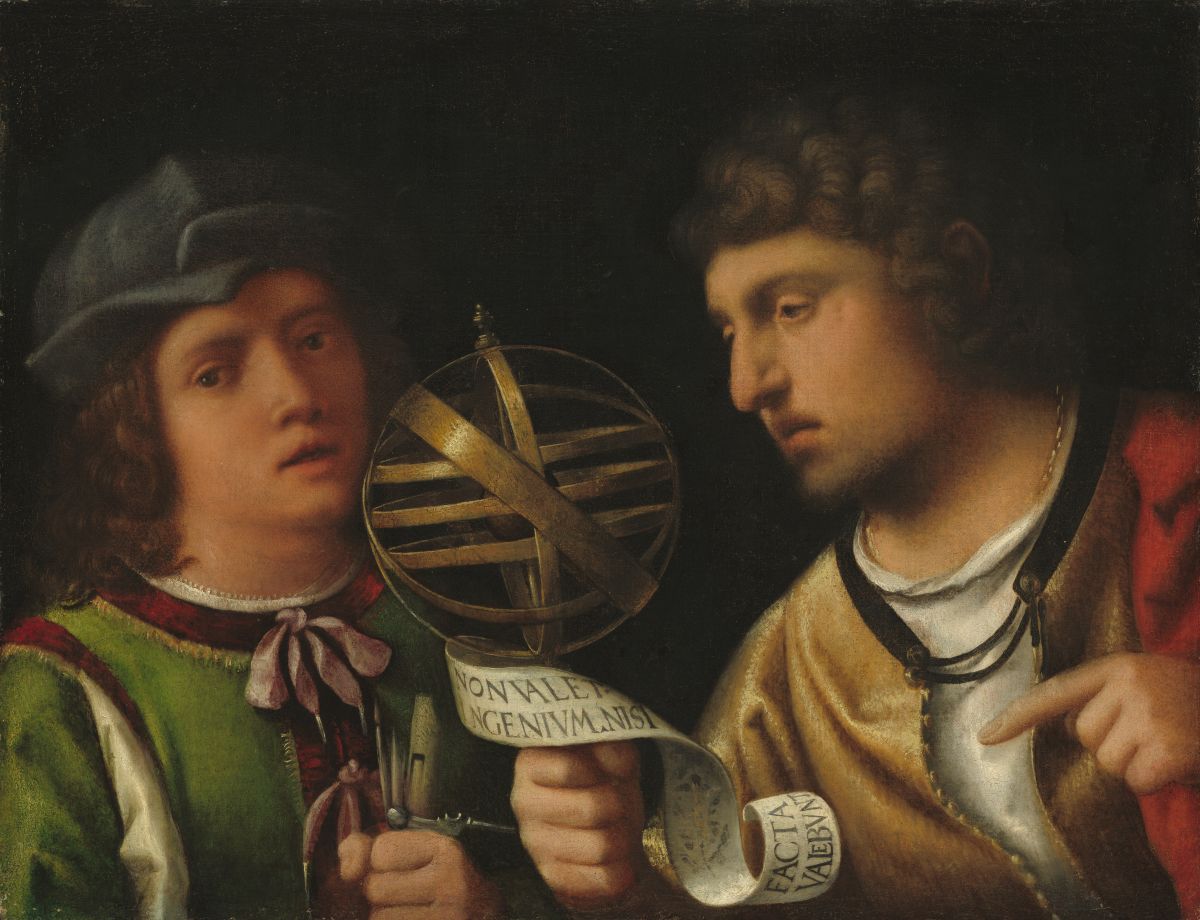
It is slowly becoming clear that the Atlantic Era was a historical exception, an anomaly during which one region provided the model for the entire world.
We have arrived at a critical juncture in time: the Atlantic Era – a period that lasted five hundred years – is coming to an end. During this era, the dominance of leading Western nations had a profound impact on the way societies across the globe viewed themselves: societies with long-standing histories and traditions suddenly found themselves under the shadow of Western economic and technological superiority.
As a result, the Western world view became the dominant one: Western principles and values were believed to be universal and became the standard for societies everywhere. In the 20th Century, in the aftermath of the competition between socialism and capitalism, the belief spread that all societies would, in due course, transition from tradition to modernity, implying secularisation, democratisation and growing free markets. Francis Fukuyama’s theory of the end of history epitomised this way of thinking.
Today, however, instead of further convergence, there is an increasing resistance to the universality of a single model. This resistance does not arise from ideological differences, but from an embrace of different local traditions. Think for example of the rift between Anglo-Saxon and continental approaches since the global financial crisis of 2008. In China, the Communist Party is recovering the country’s Confucian heritage; India’s current regime blends globalisation with Hinduism; and in the world of Islam, while radicalism still catches most attention, religion is being blended with modernity, driven by a generation of Muslim Millennials.
The traditions of different civilizations are flourishing, developing within modernity instead of against it. This creates so-called “multiple modernities” and “varieties of capitalism”.
It is slowly becoming clear that the Atlantic Era was a historical exception, an anomaly during which one region provided the model for the entire world. In a sense, patterns of pre-Atlantic Era are re-emerging. This was a time when the Eurasian plain was the central artery of the world, crossed by conquerors like Alexander the Great and merchants like Marco Polo. Diverse societies existed next to each other – sometimes in cooperation, sometimes in conflict with each other – but none of them ever had the ability to dominate all others.
Different view required
This more horizontal world is again coming into being. Instead of history ending, it is actually returning, and this will allow for more diversity to flourish. But this transition requires a different view on societies and how they relate to each other and in addressing this, academic exchanges between Europe and Asia can play a key role. As two regions that have housed venerable traditions and civilizations, collaborative research can help us navigate the new global order that is emerging in three important ways.
First, such interregional research could help us recognise and understand the diversity of local traditions. Instead of imposing a single development model, academics in Asia and Europe should cooperate to uncover and compare the different pathways that societies have taken and how they have blended modernity with their own traditions. This will create a non-linear view of history that recognises the diverse contributions of societies, demonstrating interconnectedness between different communities, regions and continents.
Second, more and more research shows that globalisation is not a phenomenon of the last few centuries alone. The Egyptian obelisk, for instance, became a Roman symbol of imperial authority and can still be admired in Paris at the Place de la Concorde. Ancient China interacted with the Roman Empire while Indian culture travelled to Southeast Asia much earlier than we previously thought. By developing academic links across Eurasia in fields like archaeology, history, philosophy, economics and political science, we can uncover – and learn from – our connected past.
Third, European and Asian academics can be the force we need to imagine our connected future. As an exceptional period in human history is coming to an end, old pathways and connections that existed for many centuries are being rediscovered. China’s Belt and Road Initiative that recreates the old Silk Road of caravans between Asia and Europe with modern railways and optical fibre is just one example: an open and entrepreneurial spirit along the coasts of the Arabian Peninsula is reviving the maritime Islam of Arab traders that sailed from East Africa to Southeast Asia; India is reinvigorating the ancient ‘Monsoon trade’ around the ocean that carries its name; Southeast Asia is returning to its maritime legacy as a crossroads of civilizations; around the Mediterranean, flows of people and goods across borders recreate a common world that brings together Southern Europe, North Africa and the Levant while stronger ties between the Netherlands, Germany, Scandinavia and the Baltics revive the old world of the Hanse.
A new global order is emerging. Traditions, long thought to be a thing of the past, are re-emerging and infusing the process of globalisation. As the cradle of ancient traditions, Europe and Asia now have the opportunity to help us all understand our connected past – which in turn will help us imagine our connected future.
Also published on haroonsheikh.nl and in: Towards the globalisation of tradition, in My ASEM Wishlist: How Asia and Europe should really be working together, Friends of Europe, 2018, 57-59
